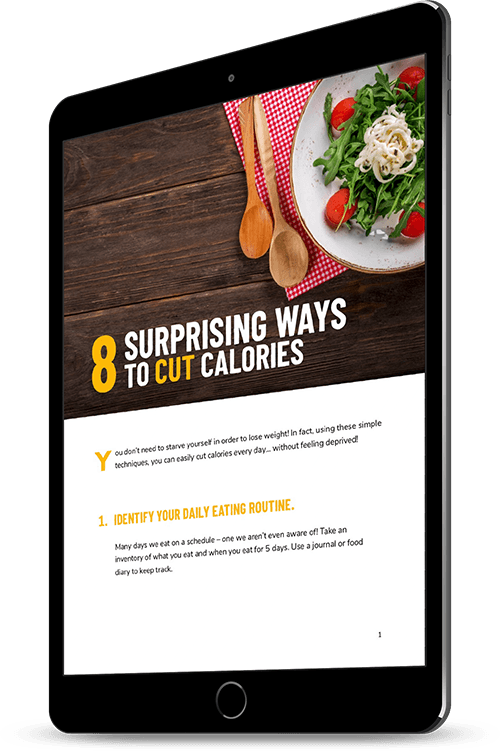The Harsh Truth About Eating While You’re Distracted

You know that distracted driving is dangerous, but what about eating when your thoughts are elsewhere? A new study explains why you’re likely to snack more while you’re watching TV.
Researchers at the University of Sussex studied the impact of perceptually demanding tasks like watching TV or playing video games. They found that subjects whose attention was engaged in another activity ate 45% more chips.
This supports the theory that your brain has a limited supply of attention, so it focuses on what seems most important. As a result, you keep on eating because you miss the fullness cues that your body is trying to send you.
Read this before another bag of chips or cookies disappears while you’re binge-watching or talking on the phone. Paying closer attention to your eating will help you to maintain your weight and cut down on junk food.
How to Recognize When You’re Full
Feeling full depends on chemical changes in your body that take about 20 minutes for your brain to register. That sated feeling is designed to last for several hours, but many common habits can undermine the process.
Keep these tips in mind:
1. Understand cravings. Distinguish between hunger and appetite. Physical hunger builds up gradually and subsides after eating. Emotional appetite and cravings come on suddenly and may be more persistent.
2. Slow down. Sitting down and dining at a relaxed pace gives your brain a chance to know you’re full. Chew thoroughly and savor each bite.
3. Avoid crash diets. Cycles of fasting and splurging confuse your body. Find a balanced regimen that you can stick with for the long term.
Other Tips for Non-Distracted Eating
Recognizing fullness cues will help you to make healthier food choices.
Take a look at some additional strategies for paying more attention to what you’re eating:
1. Plan ahead. Creating daily or weekly menus may help. Use an online calculator to figure out how many calories you need, so you can stay in the middle ground between ravenous hunger and a post-Thanksgiving-style food coma.
2. Focus on fiber. Unprocessed foods rich in fiber enhance your overall health and satisfy you with fewer calories. Fill up on vegetables, fruits, and whole grains. High protein foods have a similar effect, so include them in each meal and snack instead of waiting for dinner.
3. Drink water. It’s easy to confuse thirst with hunger. Have a glass before and during meals and anytime a craving pops up. Once your stomach feels full, it will be easier to resist temptation.
4. Shop wisely. Speaking of temptation, keep junk food out of the house. Use a shopping list when you buy groceries. Stick to the outer aisles where you’re less likely to run into snack cakes and crackers.
5. Manage stress. Create a soothing environment, especially during mealtimes. Talk about pleasant subjects or play soft music.
6. Work out. Physical activity helps you listen to your body and regulate hunger. It also burns extra calories. Aim for at least 150 minutes of moderate aerobic exercise each week.
7. Try again. Changing your eating habits takes practice. Be patient if you slip up. You’ll recover faster if you stay calm and learn from the experience.
8. Talk with your doctor. Your diet plays a major role in your physical and mental health. If you have trouble managing your hunger or other concerns about your eating habits, discuss them with your doctor or a registered dietician.
Paying attention to your food and how much you’re eating can transform your relationship with food and protect your health. Put the screens away during mealtimes and pay attention to what’s on your plate. You’ll learn to listen to your body and enjoy your food more.
CLICK HERE to Explore Our Free Online Courses


Responses